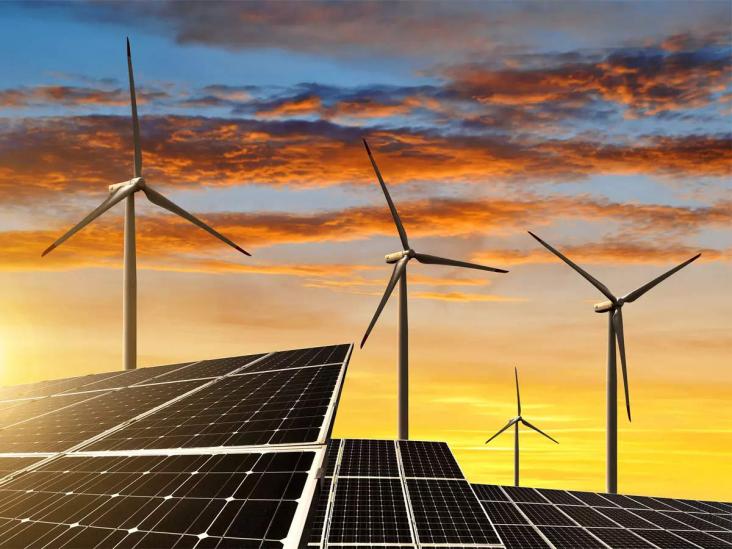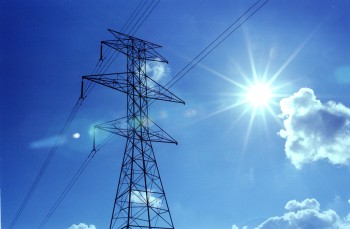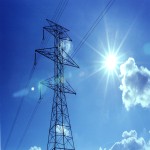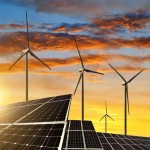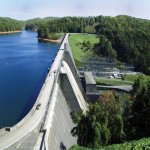Demand for energy services in Africa is set to grow rapidly; maintaining affordability remains an urgent priority. Africa has the world’s lowest levels of per capita use of modern energy. As its population and incomes grow, demand for modern energy expands by a third between 2020 and 2030 in the SAS. However, under existing subsidy schemes, current price spikes risk doubling energy subsidy burdens in African countries in 2022 – an untenable outcome for many facing debt distress. Some countries, including Egypt, Ethiopia and Uganda, are being driven to halt or reduce subsidies, or to reinstate fuel taxes due to growing financial burdens. International support must play a role in the near term to manage prices, but better targeting of subsidies to the households most in need is essential.
Efficiency helps temper demand growth, reduces fuel imports, strain on existing infrastructure and keeps consumer bills affordable. Energy and material efficiency reduces electricity demand by 230 terawatt-hours in 2030 – 30% of electricity demand today. Building codes and energy performance standards, which restrict the sale of the least efficient appliances and lighting, make up 60% of these savings. Energy demand for fans and air conditioning still quadruples over the decade as urbanization and climate change rapidly increase the need for cooling in Africa, calling for a strong focus on efficient cooling solutions.
As Africa’s industry, commerce and agriculture expand, so too does the need for productive uses of energy. In the SAS, energy demand in industry, freight and agriculture grows by almost 40% by 2030. Increased production of fertilizer, steel and cement – as well as manufacturing of appliances, vehicles and clean energy technologies – helps to reduce the burden of imports in Africa, which stands at over 20% of GDP today. Some parts of industry expand their use of the latest, most efficient technologies. In agriculture, which represents one-fifth of Africa’s GDP, irrigation pumps are electrified, reducing diesel generator use, and cold-chains (temperature-controlled supply chains) are extended, boosting agricultural productivity and the scope for these products to reach urban markets.
